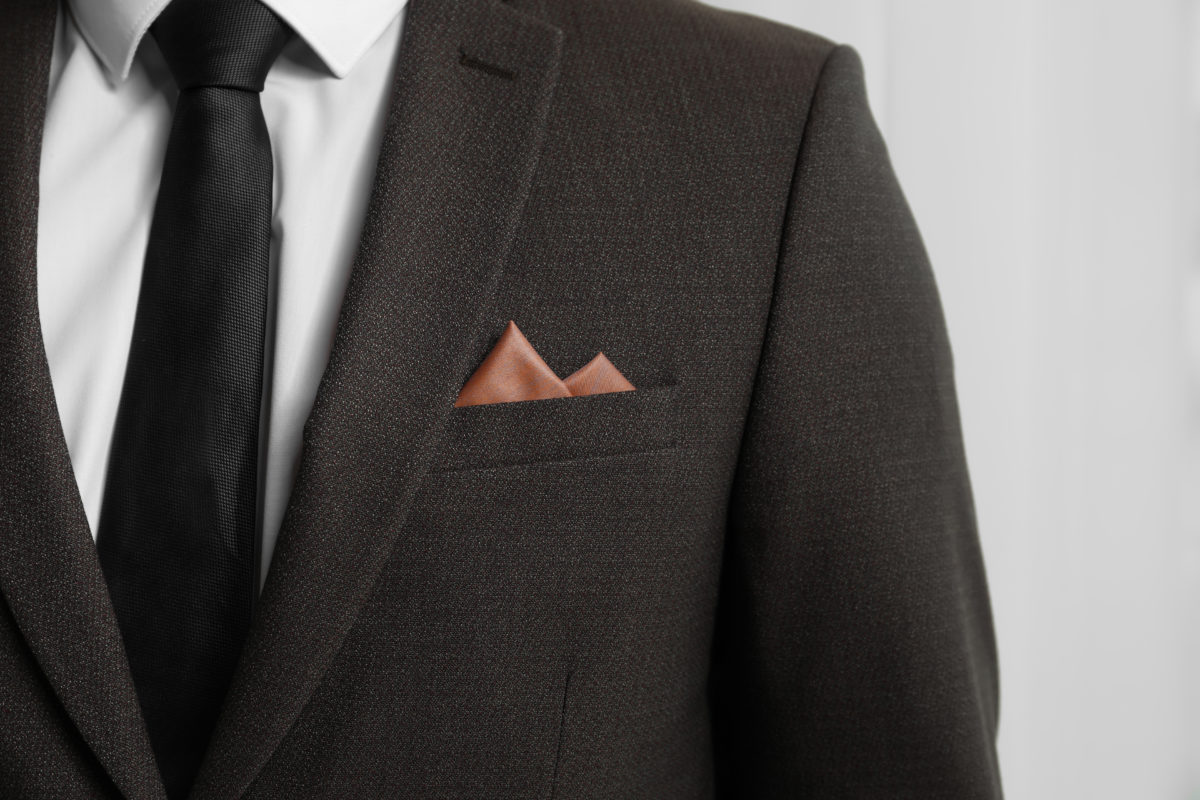5 Menswear Pocket Types


One of the things that a gentleman eventually notices and appreciates when wearing tailored clothes is just how many pockets a suit or sports coat has.
Pockets, whether on a jacket or other article of clothing, are a key but often overlooked practical feature in clothing. In this article, we will explore the range of pockets that appear in classic menswear, whether they are more common, such as jetted, flap, or patch, but also more obscure—ever heard of coin pockets, welted pockets, or ticket pockets? Or even better, the frogmouth pocket? Once you are done with this complete guide you know all of them!
Jacket Pockets
Though pants pockets are more widely used, when it comes to talking pockets in menswear, suit jackets and sports coats get most of the attention. Mostly because of their exciting variety. In a nutshell, there are three main forms of external pockets on jackets in order of increasing formality: patch, flap, and jetted.
1. Patch Pockets
The patch pocket is in a sense the most “primitive” as its construction is also the most basic: a patch made of the same material as the jacket itself is simply stitched onto the surface. It is the least hidden of the pocket types, as it, as well as the contents it contains, rests above the garment surface; in this way, it has something in common with early external pouches. The patch pocket is seen as casual because its construction is highly visible, so it appears primarily on sports coats. If it appears on a suit, the suit is immediately rendered casual rather than appropriate for business wear; on the other hand, you could also likely split the suit and wear the top as an odd jacket.
Because they are spacious and have a wide opening at the top, patch pockets invite you to stick your hands in them for casual loafing. They also invite you to toss things into them; however, if patch pockets are laden with heavy items, even keys or a large mobile phone, they can sag, creating a sloppy appearance and permanently warping their appearance, even when they are empty. Pressing the pocket with iron can help with this, but the best approach is prevention: use these pockets only for light items.
2. Flap Pockets
Next in formality is the flap pocket. This differs from the patch pocket because the pouch exists beneath the surface of the jacket and is covered with a flap made from the same material as the jacket itself. This was originally supposed to keep debris from getting into jacket pockets when worn in the country. Flap pockets occupy a sort of middle ground in terms of formality: they are the main choice for business suits, but they can also appear on sports coats as a testament to their casual origins.
3. Jetted Pockets
Sometimes, men will comment that they prefer to leave the flaps on their pockets tucked in, and, actually, flap pockets were originally intended to be worn this way; the flaps were only taken out if they were necessary to keep rain or debris from getting in. Essentially, a tucked-in flap creates impromptu jetted pockets for a cleaner, more polished silhouette. These are the most formal pocket style, appearing on evening wear and formal morning dress alike, though they can also appear on suits and even on sports coats. Their appropriateness for formal clothing, however, lies in their streamlined appearance, since all you see of the pocket is a slit. Jetted pockets are also referred to as besom pockets or welted pockets; the term “welted” refers to the reinforced edges (welts) of the slit, which are partially decorative and partially practical support.
4. The Ticket Pocket
Usually, the discussion of jacket pockets–and of menswear pockets in general–ends here. However, this omits a great number of others that are present on jackets. The ticket pocket, for example, is a third pocket that appears on the lower quarters of a jacket, above the main right pocket. This is because the wearer is assumed by default to be right-handed and would reach into it with his dominant hand. Lefties have to go bespoke or made to measure for the same convenience.
The ticket pocket is most commonly flapped and slightly smaller than the pocket below it, though jetted versions exist. The name hints at its original purpose as a feature for train travel: a gentleman traveling to the country would carry his ticket in it, which is also why it technically should be a feature on British country-style jackets, such as tweeds, rather than those intended to be worn for business. When it appears on three-button hacking jackets, the ticket pocket, and indeed, all the flap pockets, may be cut on an upward sloping diagonal; this makes it easier to access the pockets while on horseback, further reinforcing their country associations.
5. Inside Pockets
The most useful pockets on a tailored jacket are the inner ones, though they aren’t often discussed. They may not be a sexy topic, but it’s worth “looking under the hood” at the inside pockets as part of your off-the-rack purchasing decision. Most sport coats and suit jackets will only have two, one on each side. This is enough to carry a coat or breast wallet on one side (the left side if you’re right-handed) and your phone on the other.
You don’t necessarily want to add many more things on the right side due to the bulk; this is especially important since the wallet goes on the same side where there is already a pocket square. Popular options for additional ”everyday carry” in the other pocket are a cell phone, a small notebook and pen for notes, lists and ruminations, or even a flask of booze. If you’re lucky enough to have additional pockets, you can use them for other things, like your vehicle key fob, mints, a cigar, or the aforementioned notepad.
